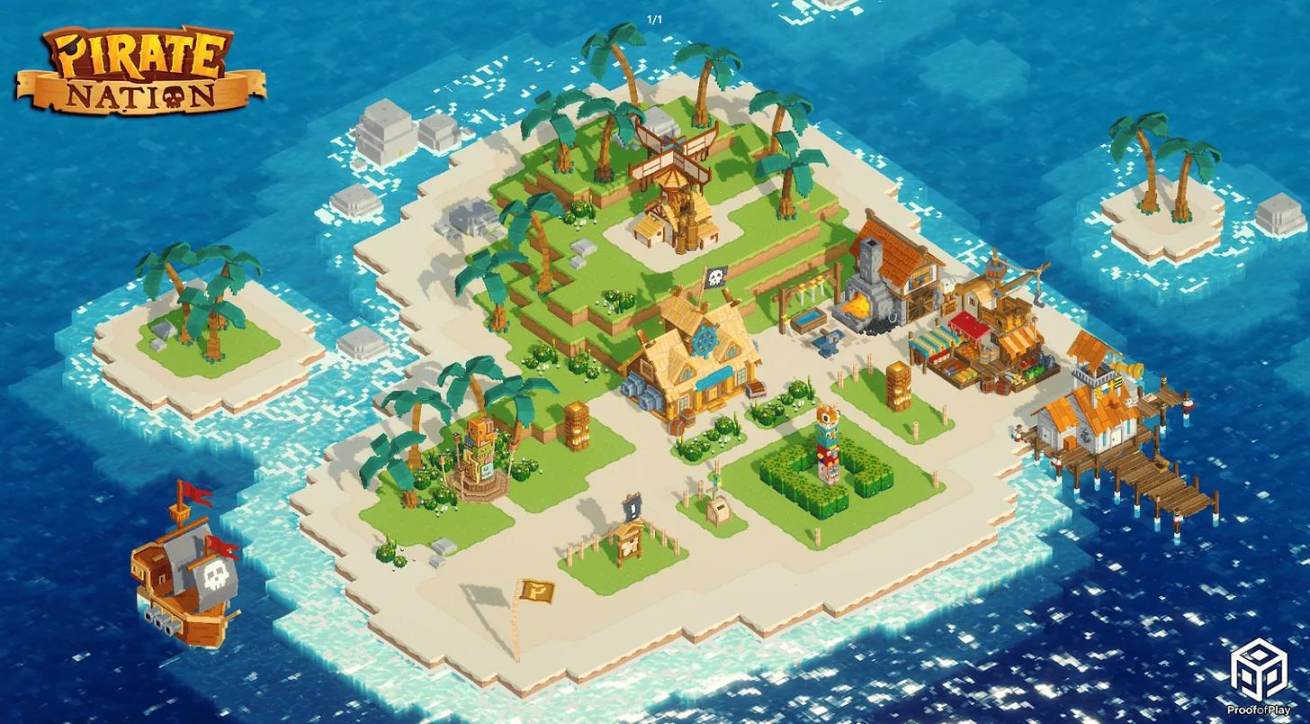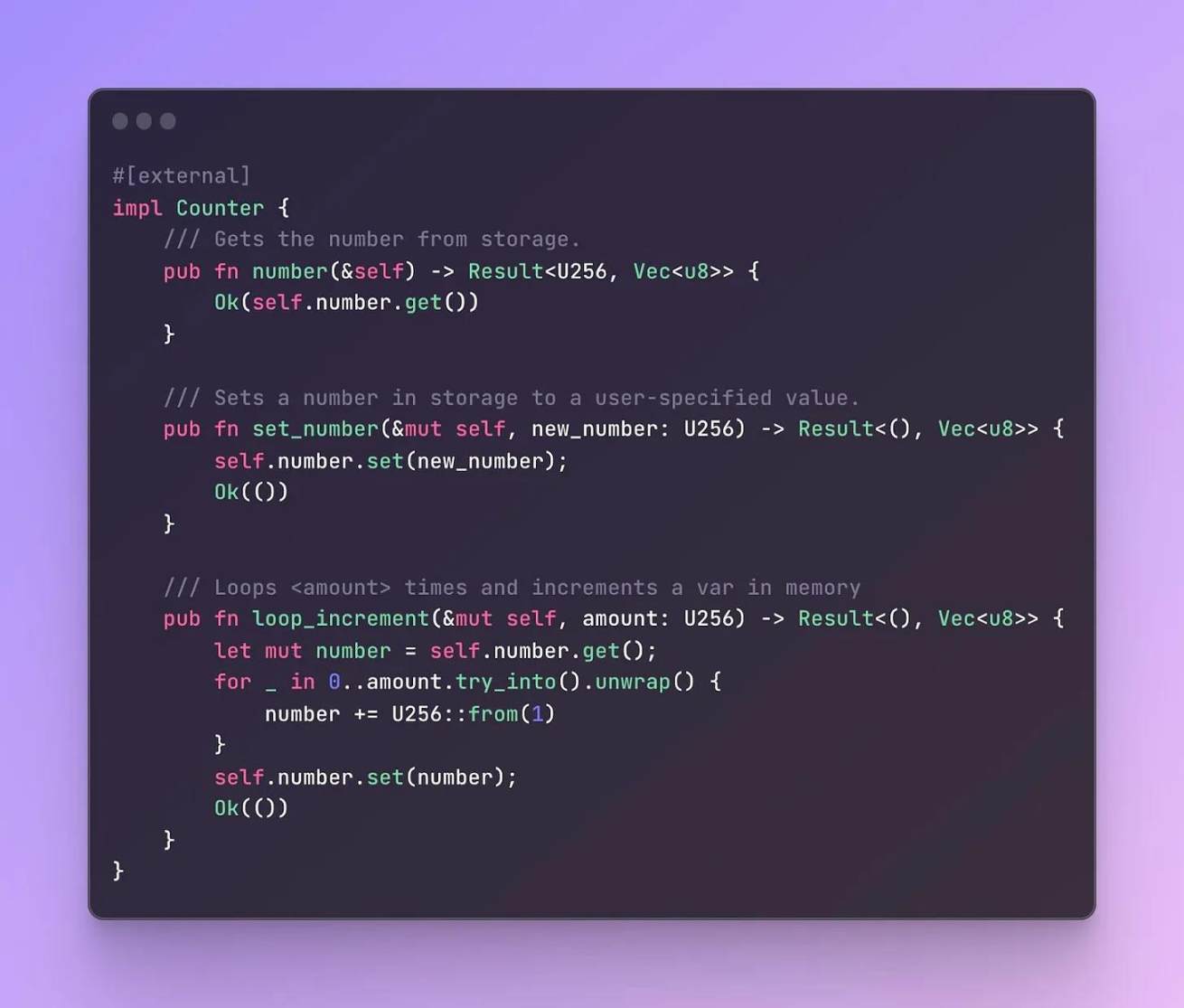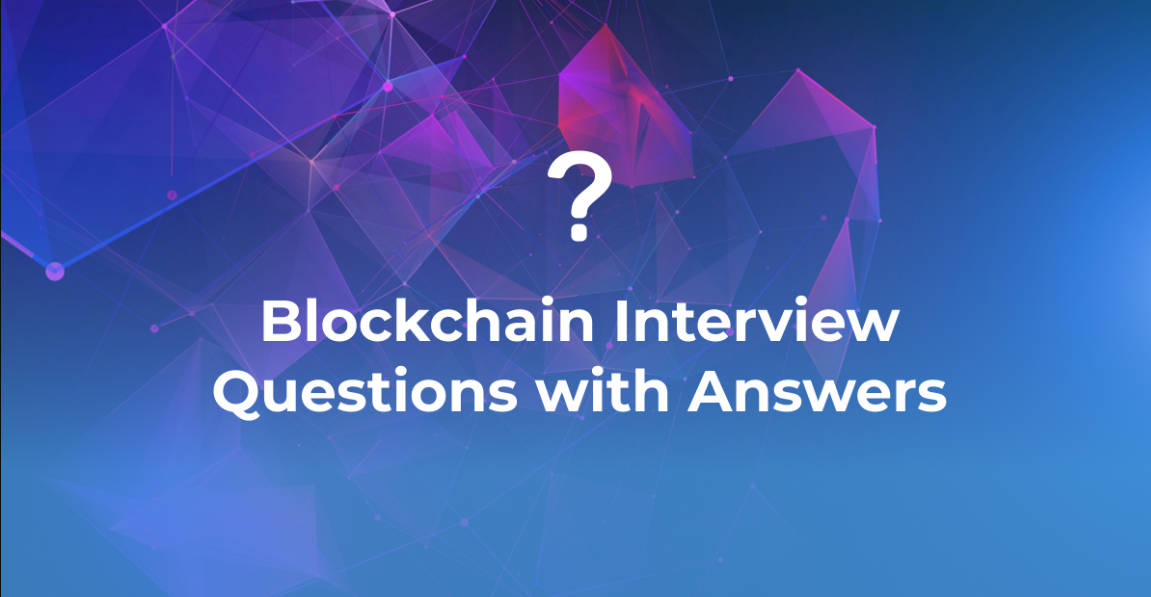Will the performance improvement of Arbitrum make it a paradise for Web3 games?
Will Arbitrum's performance boost make it a Web3 gaming paradise?Author: WILLIAM M. PEASTER
Translation: Shenchao TechFlow
Arbitrum One, currently with a total locked value of over $5.29 billion, is the largest Layer 2 (L2) scaling solution for Ethereum.
- Reviewing the NFT Cold Winter of the past half year Who is ‘surrendering’ and who is growing against the trend?
- Is the golden age of scamming over? Connext’s witch-hunting program goes awry, community poisoning becomes the norm.
- LianGuai Observation | Connext Witch Hunt Program Provokes Public Anger, Poisoning may be the only solution?
In simple terms, the network enables cryptocurrency transactions to be fast and inexpensive, and is compatible with the Ethereum Virtual Machine (EVM), which means that developers can easily migrate their code from Ethereum to Arbitrum.
Arbitrum is one of the earliest Optimistic rollups launched, and its timing and features have made it dominant today, as evidenced by the fact that it currently has the largest L2 DeFi scene.
Arbitrum has faced more challenges in the NFT field from other L2 scaling solutions, meaning that other scaling solutions like Optimism, Zora Network, and Base seem to have attracted more attention from NFT builders so far.
Of course, the exception here is the NFT gaming field, where the team behind Arbitrum, Offchain Labs, has indeed attracted considerable interest through its recent development work.
For example, Offchain Labs launched the AnyTrust stack last year, which is a system for creating low-cost, high-security L2 systems. Although Arbitrum One batches all of its transaction data onto Ethereum, the AnyTrust chain reduces costs by using a Data Availability Committee (DAC) to only submit data to the chain when the committee fails.
The efficiency gained here is especially ideal for Web3 gaming projects, as they require the fastest and cheapest transactions. Therefore, the first AnyTrust chain, Arbitrum Nova, was deployed as a custom gaming L2 in July 2022 and has become the main venue for various NFT games, with Pirate Nation being the most famous.
Then in March 2023, the Arbitrum Foundation launched Arbitrum Orbit, a new system for creating third-layer (L3) scaling solutions that settle on Arbitrum chains (such as Arbitrum One, Arbitrum Nova, etc.) instead of settling directly on Ethereum.
Why choose L3? They are highly customizable and well-suited for high-volume use cases such as gaming. That’s why Offchain Labs is helping to develop the first L3, Xai Chain, which is specifically designed to facilitate the next generation of on-chain games.
But AnyTrust and Orbit stacks are just the beginning. The new key change that Arbitrum brings to gaming is Stylus.
Arbitrum is on the verge of transitioning from its V2 development environment Nitro to the new V3 system Stylus. This system will not only significantly reduce gas costs, but also allow smart contracts to be written in mainstream programming languages compatible with WASM, such as C, C++, and Rust.
This is a breakthrough development for on-chain games! For example, C++ has high performance and fine resource control, and is widely used in many game engines, including the very popular Unreal Engine.
In other words, game developers no longer need to learn and master the subtle differences between Ethereum’s Solidity and Vyper languages, but can write contract logic in familiar languages that have been optimized for many years and provide rich libraries and tools for complex game mechanics.
This development opens up new possibilities for building more complex and resource-intensive games on-chain, while obtaining Ethereum’s security and decentralization guarantees through Arbitrum!
It should be noted that currently Stylus only runs on the public test network, but it is clear that it will have a significant impact in the future. Developer cygaar has deployed a contract written in Rust on the test network and found that compared to Solidity, significant gas savings can be achieved.
In summary, considering the trinity of AnyTrust, Orbit, and Stylus, I believe that the Arbitrum ecosystem is very likely to become the dominant Web3 gaming hub in the coming years, including L2 and L3 protected and rewarded by Ethereum.
However, even from now on, the game prospects of Arbitrum can be greatly improved. For example, the upcoming EIP-4844 “Proto-Danksharding” upgrade will use blobsLianGuaice to exponentially reduce the cost of using L2. Cheaper L2 means that more advanced and high-volume on-chain game use cases will soon be possible.
Of course, EIP-4844 will benefit all L2 (and L3) solutions. And other scaling solutions such as Polygon, Optimism, and Base also have interesting game prospects. It’s just that Arbitrum seems to be positioning itself as the center of on-chain games, which NFT enthusiasts need to closely monitor in the future!
We will continue to update Blocking; if you have any questions or suggestions, please contact us!
Was this article helpful?
93 out of 132 found this helpful
Related articles
- Reviewing the Development History of Web2 Game Engines and Exploring the Future Development Path of Full-Chain Games
- Intent-driven Best practices for Web3+AI?
- In-depth analysis of Pendle LSDfi integrates RWA DeFi Lego to stack new puzzle blocks
- Exclusive Interview with Connext Adopting a Points Mechanism to Determine the Number of User Airdrops, with Plans to Expand to 20 Chains by the End of the Year
- LianGuai Daily | Grayscale Wins Lawsuit Against the US SEC; Ethereum Foundation Launches Ethereum Execution Layer Specification
- In-depth conversation with Sui, Chief Scientist of Mysten Labs How does Sui solve the problem of network scalability from theory to practice?
- Friend.Tech frenzy subsides daily trading volume drops by 90%, Base network returns to rationality








